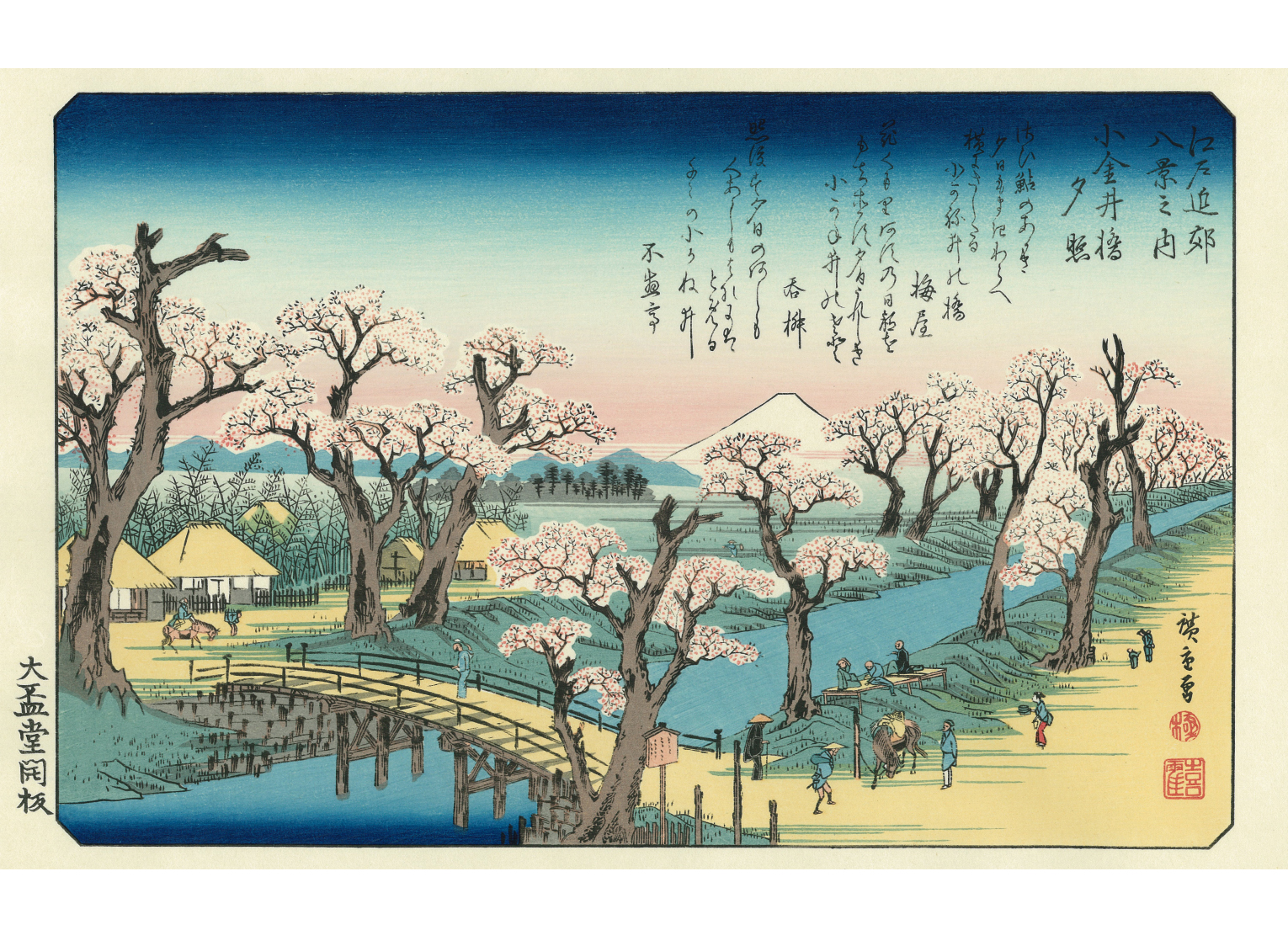Why Seasons Are So Important in Japanese Marketing
In Japan, the sensitivity to seasons is deeply embedded in the culture, influencing everything from daily life to consumer behavior. Unlike in some other countries, where the change of seasons might be a more of a background detail, in Japan, it’s a central element of the cultural experience.
This is something that brands and businesses must consider when designing their products and services for the Japanese market.
Seasonal awareness is at the foundation of Japanese culture
With the exception of places like Okinawa, the majority of Japan experiences four distinct seasons: spring, summer, fall, and winter. Although climate change has somewhat altered the length and timing of these seasons recently, they remain a prominent feature of life in Japan.
The Japanese people have a long history of cherishing these seasonal changes, a sentiment that continues to shape their daily lives and purchasing decisions.
Historical roots of seasonal sensitivity
Japan's deep appreciation for the seasons dates back centuries. For example, during the Kamakura period (1185-1333), the famous "Hyakunin Isshu," a collection of waka poems, frequently highlighted the beauty and significance of the seasons.
Similarly, during the Edo period (1603-1868), Ukiyo-e artwork often depicted seasonal scenes, further cementing the importance of seasons in Japanese culture.

This historical sensitivity to the changing seasons has become a fixed aspect of the Japanese way of life, influencing everything from art to consumer habits.
The influence of seasons on Japanese consumer behavior
In Japan, the arrival of a new season often brings with it a shift in consumer behavior.
Unlike in some countries where certain products are available year-round, this is not always the case in Japan. For example, many foods are tied to specific seasons. If you visit a supermarket, for example, you may find cherries in late spring and the start of summer, but not at other times of the year. Japanese pay particular attention to when items are in season and they’ll consume them at that time because it’s when they’re at their best.
This seasonal emphasis extends to other areas as well, including fashion, where people might prioritize dressing in spring attire, even on a cold April day, to align with the season's trends.
The role of seasons in Japanese marketing strategies
Given this strong seasonal awareness, many brands in Japan release limited-time products and seasonal menus that resonate deeply with consumers.
For instance, Starbucks Japan introduces "Sakura Frappuccinos" in the spring and they’ve released a "Setouchi Lemon" menu in the summer, using lemons from the Shikoku area, which is famous for its citrus fruits. These seasonal offerings not only align with the cultural importance of seasons but also generate significant buzz and gain popularity.

This emphasis on seasonality extends beyond food and drink. In the fashion industry, the rapid turnover of clothing designs and colors reflects the changing seasons. It's rare for the same clothes to be sold year-round, as the focus is always on new, season-appropriate styles. This makes it essential for clothing brands to continuously adapt their offerings to the current season, a challenge that requires careful planning and execution.
For businesses operating in Japan, understanding the cultural significance of seasons is crucial for success.
When creating marketing plans, it's important to consider how the seasons will impact consumer behavior and preferences. By aligning their products, services, and promotions with the seasons, businesses can better connect with Japanese consumers and enhance their marketing effectiveness.
We hope this gives you some insight in deciding how to fulfill orders in Japan. Feel free to reach out for help with marketing and selling in Japan.






